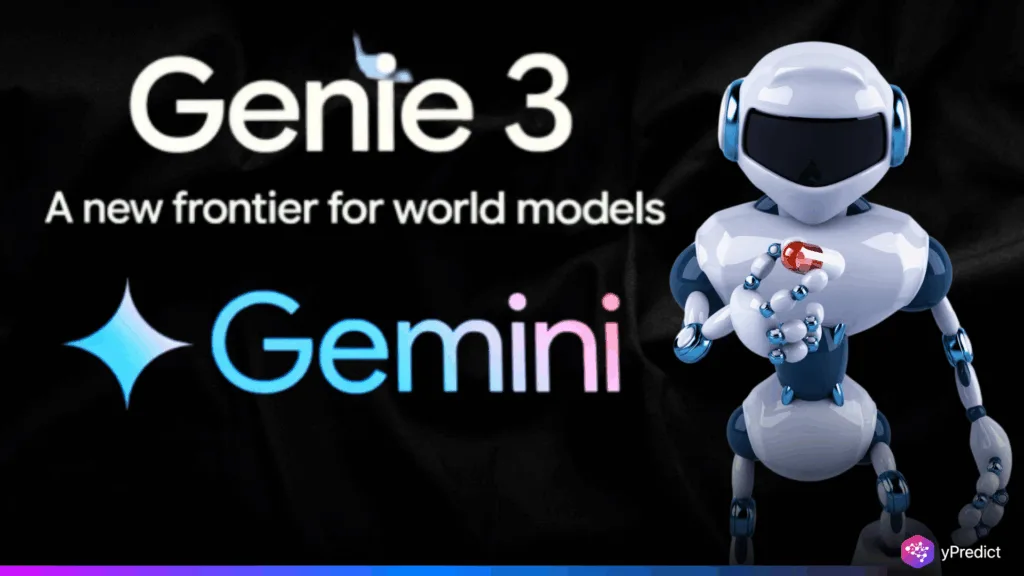
Artificial intelligence is moving toward a future where machines not only process data but also imagine the world. This shift is made possible by world models in AI, a concept where systems build internal representations of reality. With advancements like Genie and Google’s Gemini, the possibility of AI forming a deeper understanding of physical space is closer than ever.
When AI goes beyond just pattern recognition and is able to build accurate world models, it expands its independence from the training data, and the machine can begin predicting outcomes, imagining situations, and using common sense in entirely new experiences, this level of AI development paves the way for solving the problem of robotics, where things are messy, spatially unaware, and humans are adaptable. Google DeepMind may be one of the first to achieve then through their work between Genie and Gemini.
What Are World Models in AI and Why Do They Matter?
World models in AI allow machines to internally simulate the environment. Instead of reacting blindly, the AI predicts what will happen if it takes a certain action. This ability mirrors how humans imagine possibilities before moving or making choices.
Without such models, robots struggle with tasks involving complex spaces or anatomy. They often fail at understanding how physical objects behave in real-world settings. By integrating Genie and Gemini, however, DeepMind could equip robots with spatial intelligence that matches or even surpasses human reasoning in controlled scenarios.
How Genie Enhances Visual and Spatial Understanding
Genie, an AI system capable of generating interactive environments from text or video, provides the backbone of simulated reality. It helps AI not just see objects but interact with them in dynamic spaces. This makes Genie essential for teaching robots how the world works without exposing them to endless real-life trial and error.
By introducing these environments into world models in AI, robots learn more effectively and efficiently. They build physical common sense – how to go through a room, what to do with fragile objects, how to traverse uneven terrain – and this is precisely the foundation needed by robotics to make its next big leap.
Gemini’s Role in Cognitive Reasoning and Decision-Making
While Genie offers an interactive space, Gemini brings reasoning and high-level problem solving. Gemini is powerful at de-composing complex instructions and mapping them onto models of the world. By marrying Genie’s spatial richness and Gemini’s cognitive depth, AI could plan, adapt, and carry out actions with a level of accuracy we have never seen before.
Think of a robot that not only knows where to position its arm, but also where the arm position will end up. With Genie and Gemini spatial intelligence, robots could finally develop an understanding of anatomy, ergonomics, and fine motor skills.
Toward a Robotics Breakthrough
The combination of Genie and Gemini could achieve a real robotics breakthrough, where robots operate seamlessly in unpredictable settings, such as hospitals, factories, or disaster zones. These systems would no longer require future re-programming, but would use adaptive intelligence defined by world models in AI.
Google DeepMind has a history of quality AI research, from AlphaGo to their reinforcement learning systems. Now, the lab may be in position to lead a new frontier in bringing world models to robotics. This type of leap, if it can be achieved, has serious implications for industries and life, making robotics more regularized, safe, and efficient.
The Road Ahead for AI and Robotics
The journey toward fully autonomous robots is not over, but the path is clearer. Combining Genie and Gemini is more than a technical experiment. It represents a philosophy: teaching machines to think, imagine, and plan like humans.
As these world models in AI mature, they will transform robotics into a field capable of real-world integration. The dream of robots that navigate physical spaces with common sense may soon shift from fiction to fact.






